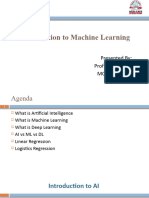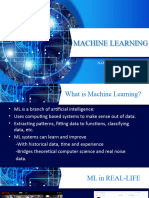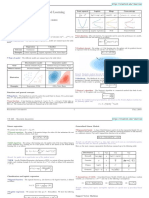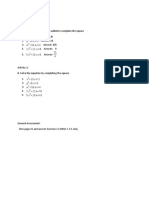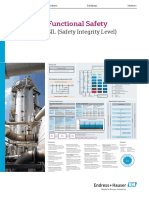0% found this document useful (0 votes)
6 views10 pagesIntroduction To Machine Learning
The document provides an introduction to machine learning, focusing on its three main types: supervised, unsupervised, and reinforcement learning, with an emphasis on supervised learning techniques like linear and logistic regression. It details the definitions, goals, common algorithms, and applications of each learning type, particularly highlighting the importance of linear regression in predicting continuous values and logistic regression for binary outcomes. The document concludes with practical applications of these algorithms in various fields.
Uploaded by
mannyabebCopyright
© © All Rights Reserved
We take content rights seriously. If you suspect this is your content, claim it here.
Available Formats
Download as PDF, TXT or read online on Scribd
0% found this document useful (0 votes)
6 views10 pagesIntroduction To Machine Learning
The document provides an introduction to machine learning, focusing on its three main types: supervised, unsupervised, and reinforcement learning, with an emphasis on supervised learning techniques like linear and logistic regression. It details the definitions, goals, common algorithms, and applications of each learning type, particularly highlighting the importance of linear regression in predicting continuous values and logistic regression for binary outcomes. The document concludes with practical applications of these algorithms in various fields.
Uploaded by
mannyabebCopyright
© © All Rights Reserved
We take content rights seriously. If you suspect this is your content, claim it here.
Available Formats
Download as PDF, TXT or read online on Scribd
/ 10












































